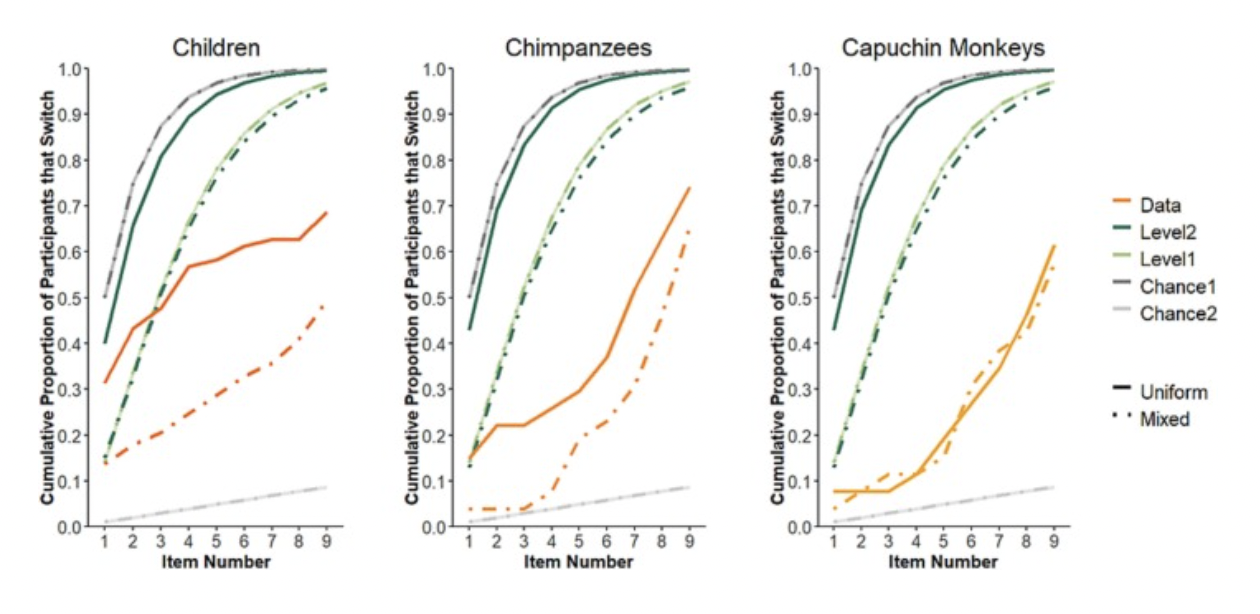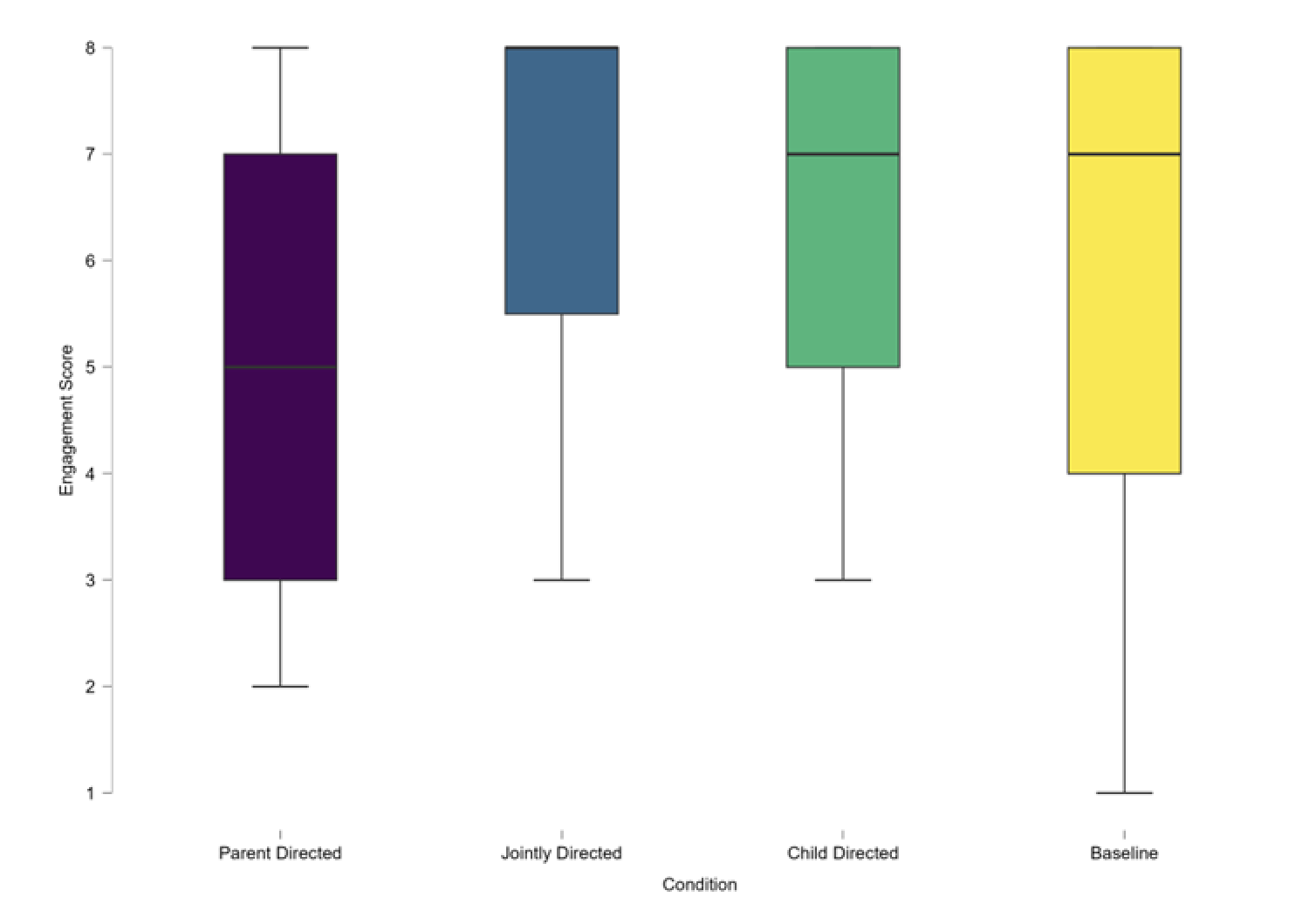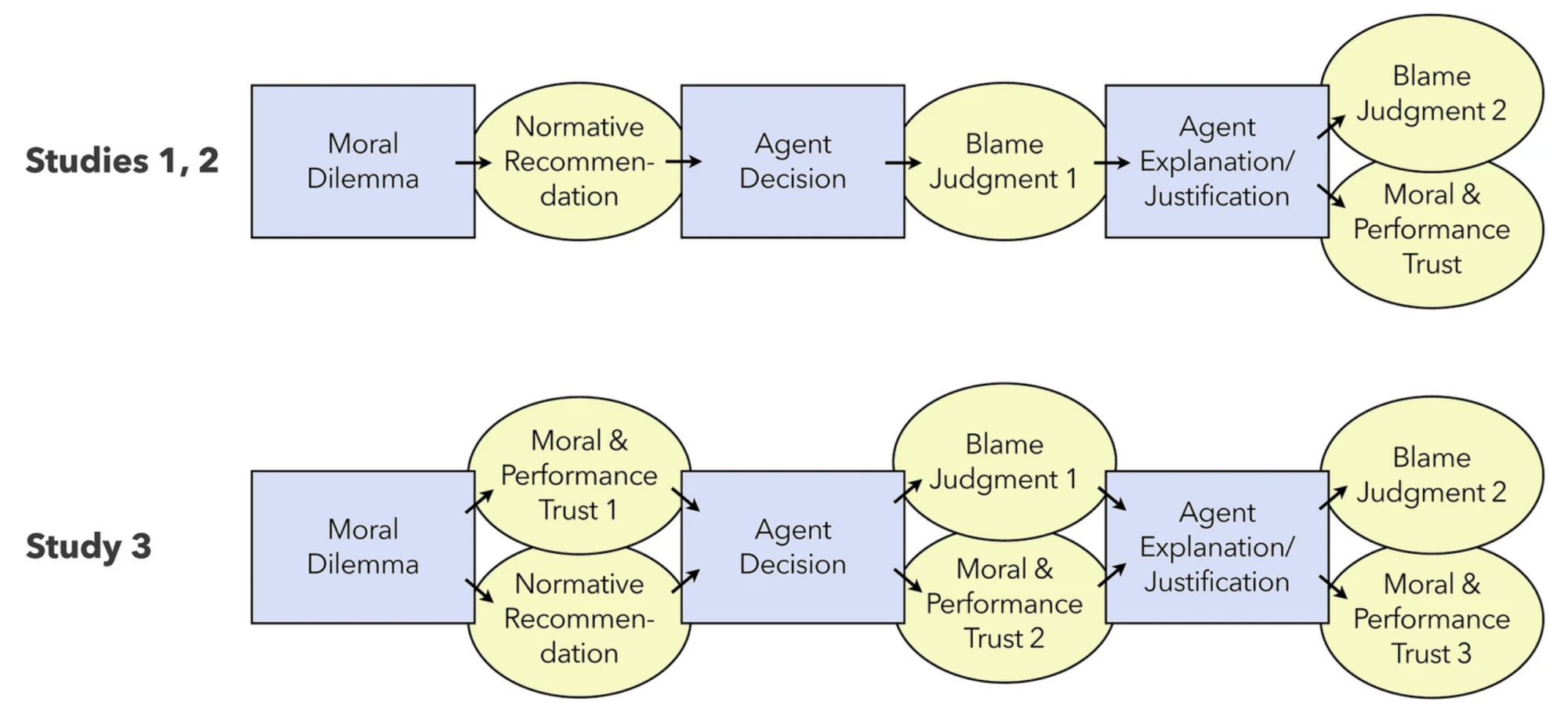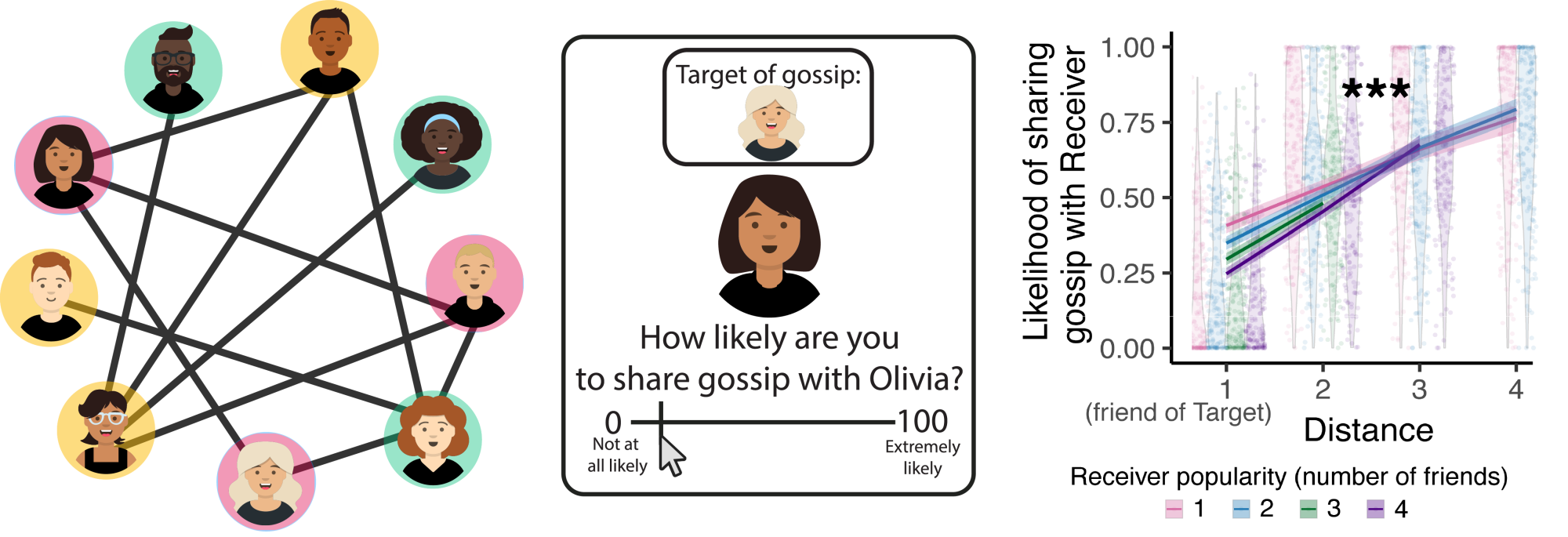Our Perception and Action research combines computational, psychophysical, and ecological approaches to unravel how we perceive shape and motion, recognize objects and scenes, and process auditory events. We also investigate the mechanisms behind attention, perceptual learning, and the control of action, offering comprehensive insights into how we interact with and interpret the world around us.
Recent Example Publication: Cheng, Y. A., Sanayei, M., Chen, X., Jia, K., Li, S., Fang, F., ... & Zhang, R. Y. (2025). A neural geometry approach comprehensively explains apparently conflicting models of visual perceptual learning. Nature Human Behaviour, 1-18.
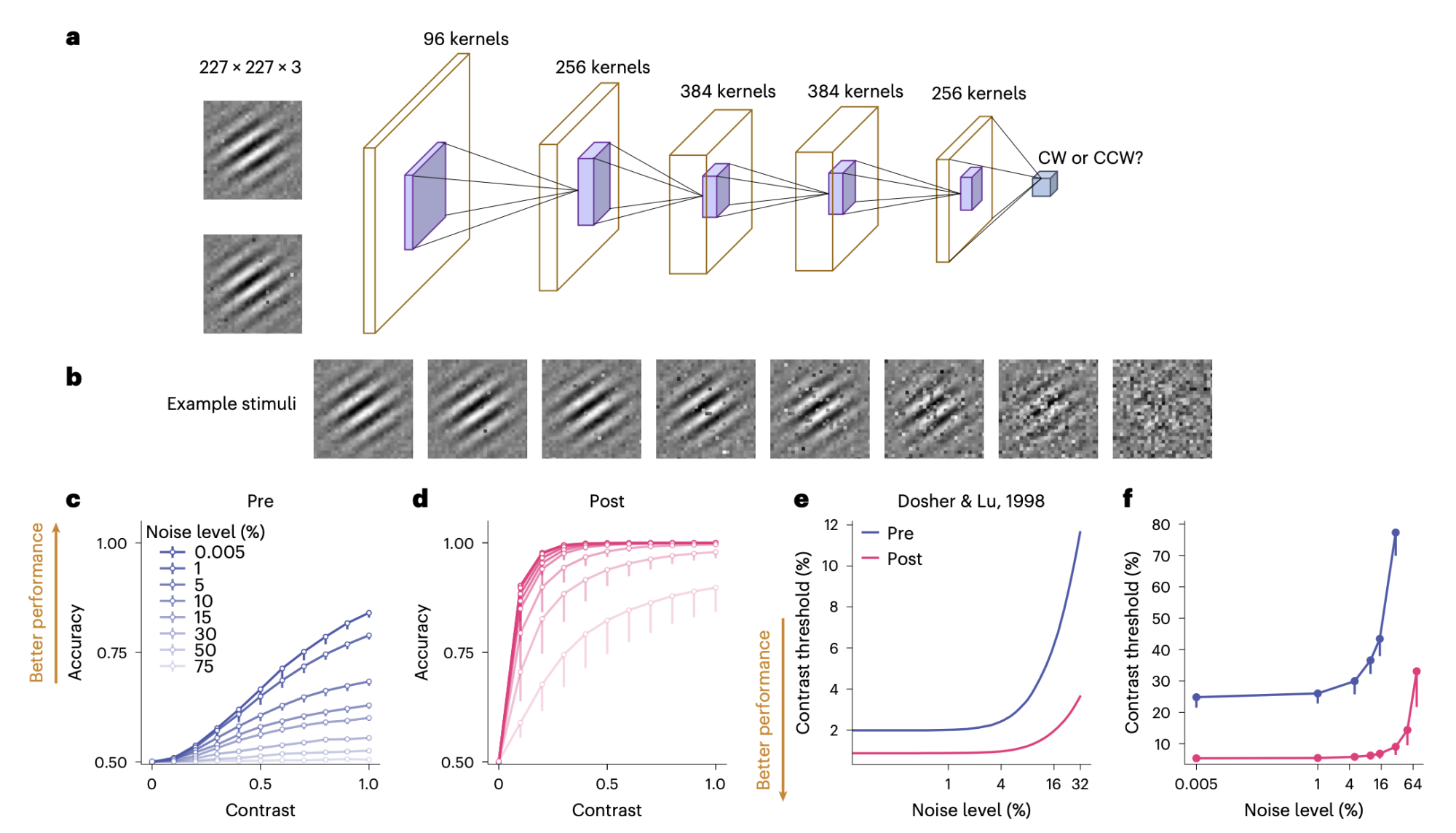
Image taken from original article and available for use under a Creative Commons License (CC BY-NC-ND 4.0); no changes were made.

